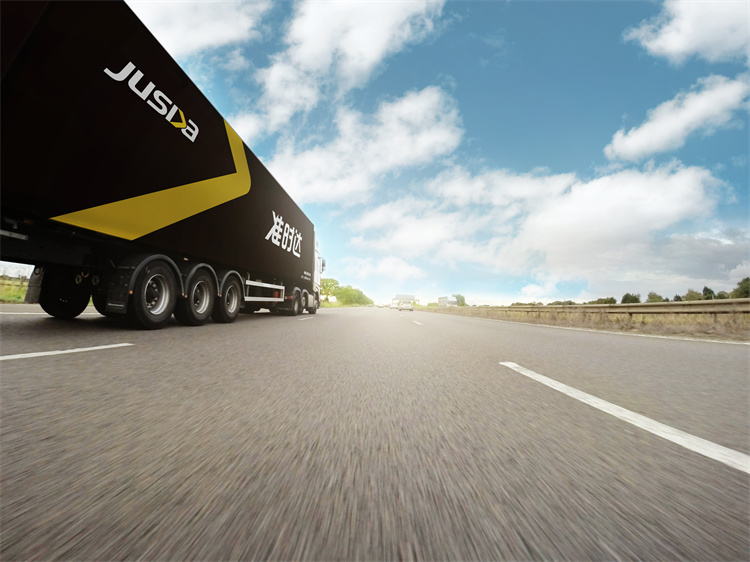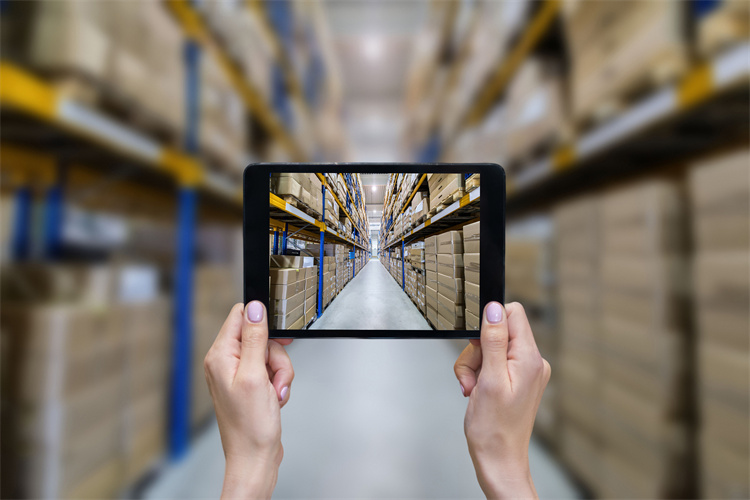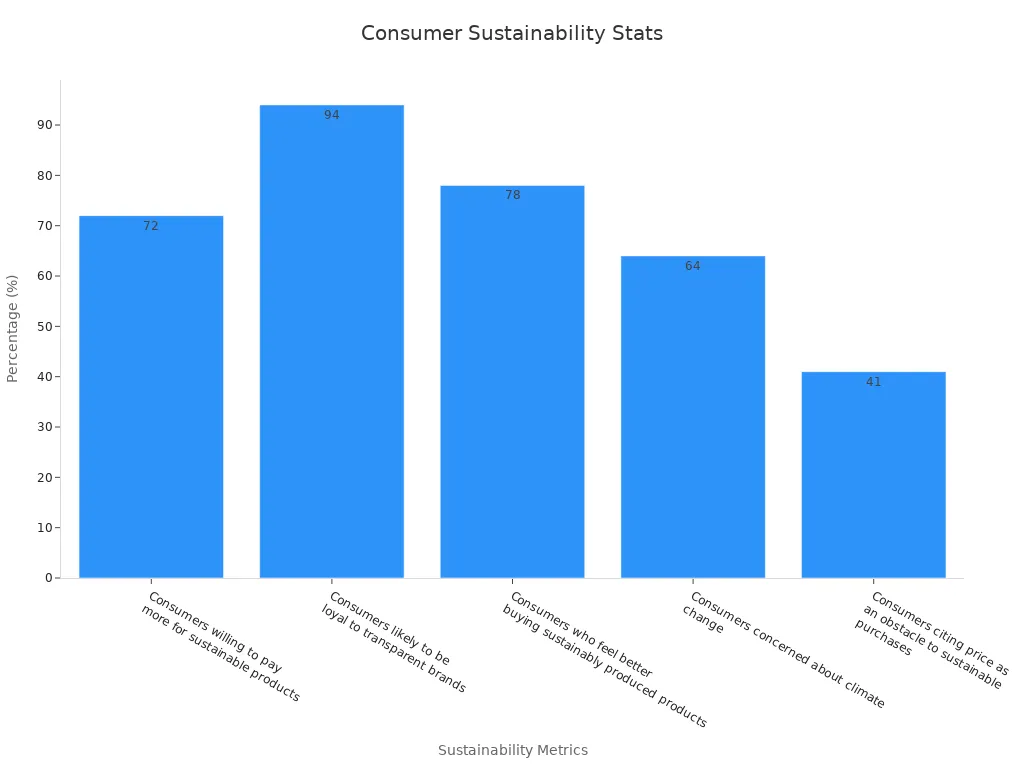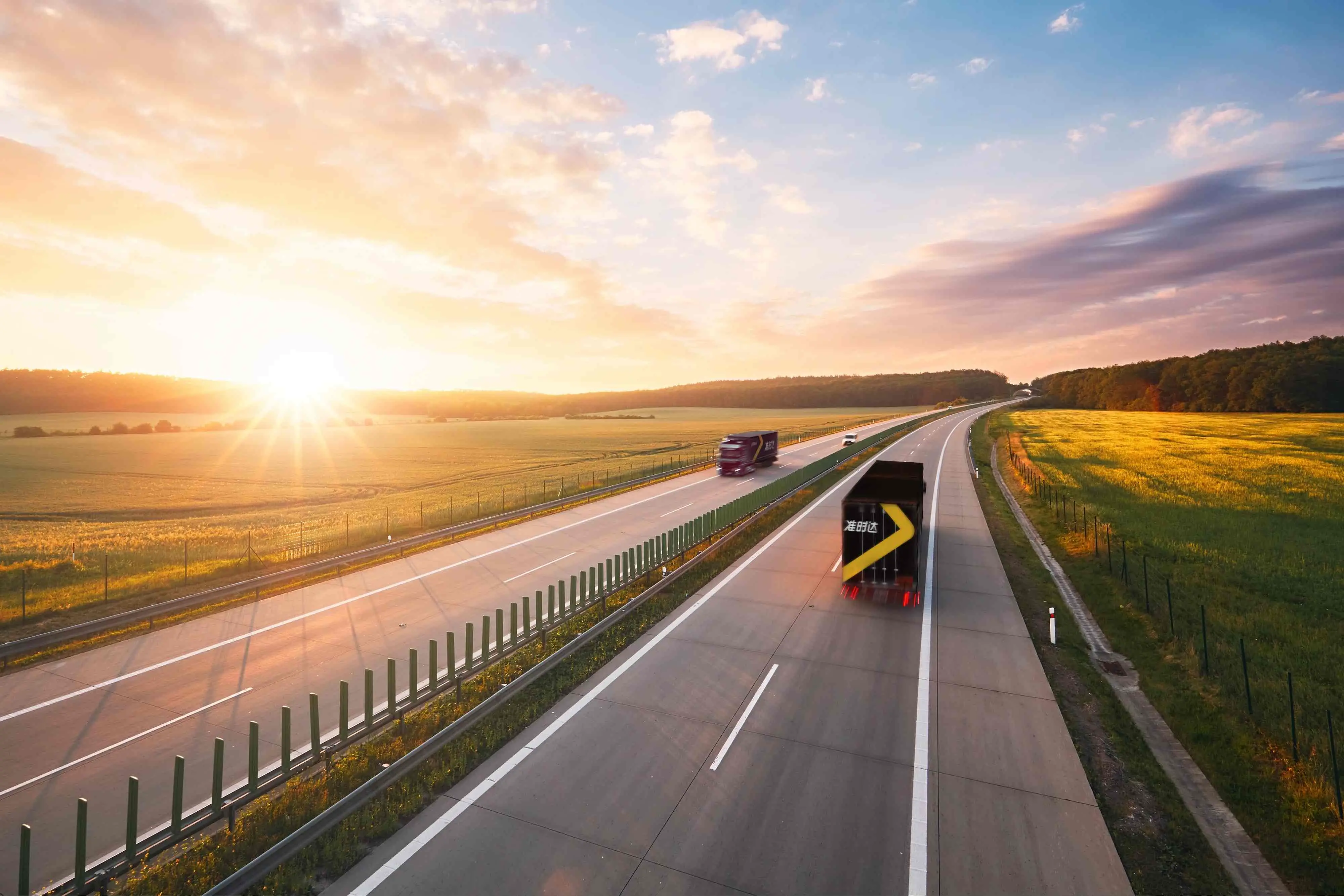Why the Circular Economy is Key to a Sustainable Future

You can help the planet by using the circular economy. This system reduces waste and saves resources, especially in big industries like building. For example:
The building industry uses 42.4 Gt of materials each year. This is almost half of all materials used worldwide.
It releases over 9 Gt of CO2, which is 20% of all greenhouse gases.
Reusing old bricks lowers carbon pollution by 90% compared to making new ones.
These ideas save energy and keep nature safe.
Key Takeaways
The circular economy cuts waste and saves resources by reusing and recycling.
Using circular methods can make jobs and grow the economy, adding trillions by 2030.
People can help by buying green products, fixing things, and sharing items.
Understanding the Circular Economy and Its Role in Sustainability

What is the Circular Economy?
The circular economy is a way to cut waste and use resources wisely. Instead of the old "take, make, throw away" method, it focuses on fixing, reusing, and recycling items. This keeps materials useful for a longer time. It also reduces the need for new resources and helps protect the environment.
One important part of the circular economy is helping nature recover. For example, farmers can use methods that improve soil and support wildlife. In factories, products are made to be easier to fix or recycle. These ideas save resources and bring new chances for growth and creativity.
Circular Economy vs. Linear Economy: Key Differences
The circular economy and the linear economy handle resources very differently. The table below shows how they compare:
Aspect | Circular Economy (CE) | Linear Economy |
|---|---|---|
Resource Management | Focuses on reuse and recycling | Uses "take, make, throw away" methods |
Environmental Impact | Cuts waste and pollution | Uses up natural resources quickly |
Economic Resilience | Creates jobs and new ideas | Slows growth with outdated methods |
The circular economy solves problems the linear model cannot. It can cut greenhouse gases by up to 70% in some places. It also creates jobs and pushes businesses to find smarter solutions.
Tip: Switching to a circular economy can add 4% more jobs and reduce harm to the planet.
Beyond Recycling: The Unique Value of the Circular Economy
The circular economy does more than just recycling. It looks at the full life of a product. It focuses on making things last longer, easier to fix, and reusable. This helps cut waste and saves money while protecting nature.
The table below shows extra benefits of the circular economy:
Benefit Type | Description |
|---|---|
Economic Growth | Adds $4.5 trillion by 2030 through better resource use. |
Job Creation | Opens up more work in different industries. |
Waste Reduction | Cuts trash and pollution while helping nature recover. |
Profit Streams | Helps businesses use fewer new materials and find new ways to earn. |
Using circular economy ideas helps build a greener future. For instance, companies can make products with parts that are easy to replace. This lowers costs for buyers and saves resources.
The circular economy changes how we see waste and resources. It treats waste as something useful, not just trash. This way of thinking inspires new ideas and helps create a cleaner world for everyone.
How the Circular Economy Creates Value for a Sustainable Future
Designing for Long Use and Reuse
Making products last longer is key in the circular economy. Items that can be fixed or reused cut waste. For example, repairable electronics reduce e-waste. They also lower the need for new materials by 32%. This saves about 25% in costs. Energy-saving designs can use 15-30% less energy over time.
Benefit Description | Measurable Impact |
|---|---|
Saving money by cutting waste | Using resources better and making items last saves cash. |
New ways to earn money | Selling used items or recycling creates income. |
Lower material costs | Needing fewer raw materials improves efficiency. |
These ideas save money and help the planet by reducing harm.
New Business Ideas: Renting Instead of Owning
The product-as-a-service (PaaS) model changes how we use things. Instead of buying, people pay to use products. This pushes companies to make durable, reusable items. Examples include renting washing machines from Bundles or Homie. Chainable offers kitchens for rent. These ideas cut waste and make products last longer.
Example of PaaS Model | Description |
|---|---|
Bundles and Homie | Rent washing machines |
Chainable | Rent kitchens |
Tiny Library | Rent baby items |
Lighting and Elevators | Rent for buildings |
This model helps manage waste and supports eco-friendly practices.
Fixing and Recycling Materials
Fixing and recycling are important in the circular economy. They reuse valuable parts from old products. This lowers costs and waste. For example, fixing durable goods saves money and resources. Studies show these methods improve sustainability and cut expenses.
Study | Focus | Findings |
|---|---|---|
Alamerew YA, Brissaud D (2018) | Reusing old products | Models show how to reuse products better. |
Sundin E (2004) | Fixing products | Designs that make fixing easier help businesses. |
Krikke HR, van Harten A, Schuur PC (1998) | Recycling and disposal | Plans for reusing and recycling durable goods. |
These actions save resources and reduce the need for new materials.
JUSDA ESG: Circular Economy in Supply Chains
JUSDA ESG shows how supply chains can go circular. Using tools like IoT and big data, JUSDA improves teamwork and tracking. Companies can measure carbon cuts and resource use. This matches global goals for greener business models.
JUSDA also helps with waste and inventory problems. Its Supply Chain Management Platform makes work smoother and cheaper. By using JUSDA ESG, businesses can save money and help the planet at the same time.
The Benefits of Embracing the Circular Economy
Environmental Benefits: Reducing Waste and Conserving Resources
Helping the planet is easier with circular economy ideas. These methods cut waste and save resources, which are key for sustainability. Circular practices focus on reusing items, lowering pollution, and saving energy. For example:
Circular systems reduce greenhouse gases by using fewer new materials.
Recycling and reusing protect nature by saving natural resources.
Less energy is needed when fewer materials are made or mined.
Environmental Benefit | Description |
|---|---|
Circular ideas can greatly reduce harmful gases in the air. | |
Protecting natural resources | Reusing items means fewer resources need to be taken from nature. |
Saving energy | Using fewer materials cuts energy use during production. |
Cutting waste | Recycling keeps trash out of landfills and saves resources. |
Reducing pollution | Less waste means cleaner air, water, and land for ecosystems. |
Using circular methods also helps ecosystems stay healthy. By managing resources wisely, businesses can save money and improve waste systems. These actions make the world cleaner for future generations.
Economic Benefits: Cost Savings and New Opportunities
The circular economy creates new ways to grow businesses and save money. Companies that use circular ideas can find big opportunities. For example:
Circular models create jobs in fixing, recycling, and designing better products.
Circular practices could add $1 trillion each year to the economy.
European businesses could save $630 billion yearly by wasting less and working smarter.
Evidence Type | Description |
|---|---|
Economic Growth | Circular ideas could add $4.5 trillion by reducing waste and creating jobs. |
More Jobs | Circular practices could create over 100,000 jobs by 2025. |
Saving Money | European companies could save $630 billion yearly by using circular methods. |
Renting or leasing products also saves money for buyers. These ideas push companies to make stronger, reusable items. This leads to long-term savings and eco-friendly habits.
Societal Benefits: Job Creation and Community Resilience
The circular economy helps communities by creating jobs and building strength. Supporting circular ideas boosts industries that focus on fixing, recycling, and new designs. These industries offer many jobs and improve work quality. For example:
The Circular Jobs Monitor shows how circular ideas affect job markets.
Projects like "Putting Circular Textiles to Work" create jobs and teach new skills.
Programs like "Decent Work in the Circular Economy" focus on fair jobs and sustainable businesses.
By using circular ideas, you help communities grow stronger. These practices reduce the use of limited resources and build stable economies that help everyone.
Real-World Success Stories: Circular Economy in Action
Real examples show how circular ideas work well in business. Companies are using circular methods to waste less and work better. For instance:
Bosch Siemens Home uses building parts that can be reused later. This shows how circular ideas can change construction.
Sharp teamed up with JUSDA to improve its global shipping. Circular supply chain ideas helped Sharp cut costs by 20% and speed up orders.
These examples prove how circular ideas inspire change. When businesses use circular methods, they save resources and encourage others to do the same.
Steps to Transition Toward a Circular Economy

How Businesses Can Adopt Circular Practices
Switching to a circular economy means businesses must change how they work. Follow these simple steps to make the shift easier:
Look at your current methods and set clear goals to improve.
Find new opportunities that match circular economy ideas.
Check how ready your business is to make these changes.
Try new ways, like using renewable materials or managing waste better.
List the tools and skills needed for this transition.
Make a plan with clear steps and goals to follow.
Share your goals with your team and customers for support.
Track your progress, fix problems, and keep improving.
Businesses that use circular ideas often see great results. Using eco-friendly materials and renewable energy can boost performance. Recycling and selling leftover materials also help businesses grow. These actions cut waste, improve reputation, and attract eco-friendly customers.
Individual Actions to Support Sustainability
Your choices as a shopper can help the planet. Small changes make a big difference:
Buy items made from recycled or renewable materials.
Support companies that are honest and care about the environment.
Fix, reuse, and recycle things instead of throwing them away.
Shop second-hand or join sharing programs to reduce waste.
Studies show 72% of people will pay more for green products. Also, 78% feel good when buying eco-friendly items. By choosing wisely, you can push businesses to go green and help the planet.

The Role of Governments and Policymakers
Governments are key to making the circular economy work. They can create rules to support eco-friendly practices. Important actions include:
Linking circular economy plans to climate and growth goals.
Working with industries to update laws based on new ideas.
Using independent groups to ensure fairness and trust.
Governments can also help restore nature and make rules for durable, recyclable products. These efforts make it easier for businesses and people to follow circular economy practices.
JUSDA’s Role in Enabling Circular Supply Chains
JUSDA shows how supply chains can go circular. Using IoT and big data, JUSDA helps businesses manage waste and resources better. Its platform allows real-time tracking and teamwork, cutting waste and saving money.
For example, JUSDA worked with Sharp to improve global shipping. This partnership lowered shipping costs by 20% and sped up orders. JUSDA’s smart solutions show how circular supply chains can help both businesses and the planet.

JUSDA Solutions
To provide you with professional solutions and quotations.
The circular economy shows a smart way to protect the planet. It solves environmental, economic, and social problems with creative ideas.
It cuts 45% of greenhouse gases not fixed by clean energy.
It prevents 90% of wildlife loss caused by taking resources.
Benefit Type | Description |
|---|---|
Environmental | Lowers pollution and waste by using fewer resources. |
Economic | Improves efficiency, adding $4.5 trillion in value by 2030. |
Societal | Creates jobs in fixing and recycling, helping communities grow. |
Using circular economy ideas helps make the Earth healthier. JUSDA’s tools, like JUSDA ESG, show how better supply chains can save resources and support green practices.
See Also
The Importance of Sustainable Supply Chains for Your Business
A Comprehensive Overview of Sustainable Supply Chain Transportation
Innovative Robotics Trends Enhancing Sustainability in Supply Chains
